Since first hitting Kickstarter back in 2016, we’ve been carefully watching the development of the eye-catching title A Place For The Unwilling, both for its incredibly distinctive art style and the mashup of gameplay styles that presents an unexpected cosmic horror adventure.
While it did get funded, ALpixel’s original Kickstarter campaign (thankfully) didn’t hit its final stretch goal, which was to actually summon Cthulhu and annihilate humanity. We can all breathe a sigh of relief as that inevitable messy end to humanity is delayed once more.
Edit: Be sure to read our review of the game here.
Now that the game now is in private Beta, where the developers hope to get feedback from players, we had the opportunity to chat with members of the team during this stretch of the development process.
We sat down with game designer Luis Díaz, artist Rubén Calles, progammer Miguel López-Bachiller, narrative developer Ángel Luis Sucasas, and sound designer Celer Gutiérrez.
Below, we get a ground-level view of the life of an indie games studio working on a unique title that is set to make waves when it finally launches on PC in the unspecified future. We even get a prediction on how Game Of Thrones ends!
Ty Arthur: Are you remote workers or do you go into the office together, and what’s the typical workday like for ALpixel Games while you develop A Place For The Unwilling?
Luis: There are five people working on the project right now (that’s for development; we also work with third parties for tasks like localization) and three of us meet in a coworking [office] every day. While we all live in Madrid, Ángel (writing) and Celer (audio) work from home because it’s easier for them; we still meet face to face for most meetings that involve all disciplines.
As for our work day, it’s probably way less glamorous than what people who aren’t in the industry might think. We get to the office and start working on whatever there is in our task list. When you need to talk to anybody, you just wave your hand so they know they should remove their headset.
We do a lunch break, try to talk about anything not related to the game (with the upcoming elections there’s been a lot of discussion about politics), and then go back to our table. Sometimes we’ll spend hours or days doing paperwork or taking care of “the things nobody wants to do.” We do enjoy working on our games and sharing them with the community, but 99% of the time it looks like any other regular job.
TA: I remember following the project back in the 2016 Kickstarter, then it seemed like things went quiet for a while. How has the project changed since the Kickstarter and where are you guys in terms of overall completion at this point?
Luis: After the campaign, we realized we’d need some extra help for such an ambitious project. Ángel, the game writer, joined the team during the campaign and, about a month later, we started working with Martin to have the game running in Unity, which would allow us to target more platforms and use Ink (inkle’s powerful narrative tool).
Needless to say, once we started showing the game at shows, we kept on making changes to things that weren’t quite working. When you’re not following a fully established template, there’s a lot of trial and error involved. The core principles and aesthetics haven’t changed since the day we started working on the project — we’ve just learned how to refine everything around that.
All the major content is already implemented in the game. We still need to tweak a thousand things, and those small details do make a huge difference. You know what they say, the last 10% of the project feels even bigger than the 90% that you already took care of.
TA: If there’s one thing that really grabs attention with A Place For The Unwilling, it’s the offbeat colored pencil art style. How did you land on that style for the game, and are there any particular challenges to implementing the sort of squiggly/jittery style in a game like this?
Rubén: Our main references to define the visual style of the game were classic cartoon shows and line engravings from the 19th Century. I like how those classic cartoon vibes make the whole world feel so alive; every part of the background is moving as if they were breathing in and out.
The cartoon style gives that feeling of movement and the engraving provides the perfect historical context. This combination worked great from the very beginning because my color skills were not that strong when we first started the development of the game. The engraving style made a lot of sense; it was the best-looking option for the visuals, and it also gave reminiscences of our main artistic references.
The main challenge was time. Every single asset in the game took a lot of time and patience to make. Each character, building, and little object in our city is composed of five different layers: line, flat colour, painting, and crosshatching. That amount of work multiplies when you realize all the animations in the game are drawn frame-by-frame. But I still think having those chalk (and charcoal) lines all over is a great decision. They almost seem like the footprints of the factory workers coming and going all around the city.
TA: One thing that has struck me playing the beta is the importance of the music and sound effects to set the mood. What is your team’s philosophy toward putting music in the game — are you going for “less is more,” and what role do you see the music playing in the overall game experience?
Celer: We think the music has to, just as you said, set the mood. From the interactions with the characters to the different parts of the city. We don’t want to overstimulate players since they should be focusing on the story, but we do want to help them with the tone.
In order to do so, we don’t have a continuous music layer playing — music comes and goes during your walks through the city and also tries to represent the different characters and places you stumble upon. Sound design is quite similar: it should help players get immersed in the city and support the story so it can shine.
TA: As a small development crew, what hurdles have you had to overcome working on this game?
Luis: It’s a big project, and there’s only one of us for each discipline. We need to find production hacks that allow us to do more in less time, and even then, it still is a huge challenge. And the team still has to do “the other tasks.” Like most small studios, we don’t have people dedicated to production, bizdev, office management or communication; we all need to chip in some time in order to get those done.
TA: There are quite a few Lovecraftian games that have either just launched (like Call Of Cthulhu) or are about to release (like Stygian: Reign Of The Old Ones and The Sinking City). A Place For The Unwilling seems to go a radically different direction with the material than those games. Where do you see A Place For The Unwilling sitting in the overall Cthulhu mythos and how strong a connection to Lovecraft will the final game have?
Ángel: It’s fully integrated. Our game exists within the universe of the Cthulhu mythos, but only those written by H.P. Lovecraft — not the tales published by August Derleth.
We’d rather not reveal the details of how our lore is connected to them. I’ll just say that it’s a sequel, a prequel, and a spin-off (all that at the same time) of one of his most relevant stories.
TA: A Place For The Unwilling is kind of a hard game to peg down into a specific genre. It’s not quite an investigative adventure game or a business tycoon game or a traditional horror game but rather has elements of all three — how would you classify this game to someone unfamiliar with the project?
Luis: We must have used a dozen different definitions during development. When you say it’s an adventure, people think it’s a point and click, but we don’t even have that kind of puzzles or an old-fashioned linear progression. Business tycoon falls short as well; the trading options in the game are limited when you compare them to a managing game (and it’s not even mandatory).
And yes, the game does have eldritch things going on, but you could complete a whole playthrough without scratching the surface of that. As Rubén said earlier, depending on your actions, your playthrough could end up being a sweet walk through the city or a messed up story that will haunt you for a while.
Lately, we just call it an open-world narrative game. The story is always the focus, and you get pretty much complete freedom when it comes to choosing how to spend your time — even if you decide to stay in your room for days.
TA: Playing the beta, I’ve noticed there are very strong themes of rich vs poor, with noticeably different appearances in different portions of the city. Is that the central struggle of the game, and what sort of overall theme do you want a player to take away from the game?
Ángel: Well, we mostly want players to draw their own conclusions instead of telling them what’s right and what’s wrong. There are some strong social, economic, and political themes, but players should feel free to choose if they even want to explore those concepts.
If there’s any central theme in the game I believe that would be the breaking of the hero’s journey. Neither the characters nor the story are marked by players. You take part in the events, and your input produces different outcomes, but you aren’t fully in control of what happens. If you get that feeling when playing the game, then I’ll be happy with the result.
TA: With the beta going on, how has the feedback been from players so far, and what has the team learned about what’s working well and what needs to be changed?
Luis: The feedback from the beta has been pretty useful so far. It’s helping us spot a few areas that need to be improved and being able to talk with players allows us to get a better understanding of why certain things aren’t fully working.
The world we crafted works well: it’s interesting and deep. We still need to tweak how players are introduced to it. Thanks to player’s feedback, we’re thinking a lot about how you find your way across to the city and how to make it easier to navigate. These are tricky questions and some design solutions that seem natural would clash with other elements of the game, but we are working on it.
GS: What has been the most difficult bug to squash or problem to overcome so far, and are there any major elements to the game you see changing after the beta feedback?
Miguel: Most bugs are not “that difficult” to fix, as long as you are patient. We do have some complex systems that, even after months of work, aren’t still fully bulletproof. One example would be the pathfinding logic. We want the city in A Place for the Unwilling to feel truly alive, so we need people going around and carrying out their usual routines.
The hard part is doing all that in 2D while minding a player’s behavior. It’s easy to get stuck between two non playable characters and those characters can even get trapped on their own turning doors and halls into bottlenecks.
In the end, all we can do is keep polishing the code and test everything until it’s good enough. I think we’re at that point where everything looks solid, but you never know if somebody will find some weird situation that you completely missed.
We’re using player’s feedback to correct some of these odd small interactions, but it’s not like we’re doing huge changes. It’s mostly dozens of tiny things that need to be patched here and there.
TA: What’s next for AlPixel Games after A Place For The Unwilling is finished and launched?
Luis: Haha, nowadays, work doesn’t end when the game is released. There’s bugs to fix, forums to read, and new languages/platforms to consider. Can we answer this once we have survived that process?
TA: On a more personal note, what upcoming games outside of your own projects are the AlPixel Games team looking forward to playing, and what sort of gameplay mechanics get you excited to try out new titles?
Rubén: I’ve always been a huge fan of the SteamWorld series. While the new one doesn’t fully click with my style, I’ve enjoyed all of them so much that I’ll probably end up loving this one as well.
Luis: Just give me Animal Crossing.
Miguel: Does the new Zelda count as upcoming? I mean the next installment, which will probably take a few years. If we’re talking about games that will get released soon, my list would Include Tactical Breach Wizards (huge fan of Tom Francis’ work), Industries of Titan (which looks pretty cool) and, last but not least, Spire of Sorcery (roguelike and wizards with some management elements sounds like my jam).
GS: One final question: Who do you think is going to sit on the Iron Throne at the end of the final Game Of Thrones season?
Miguel: Full disclosure, and at the risk of sounding like a hipster, I started reading the books before they became popular. I have only watched the first season of the TV show, but my guess is that nobody will sit on the Iron Throne. It’ll be destroyed along with the rest of King’s Landing. So there’s that.
Want to follow the development of the game or apply to join the Beta? Be sure to wishlist A Place For The Unwilling over on Steam and join the discussion over on Discord here.

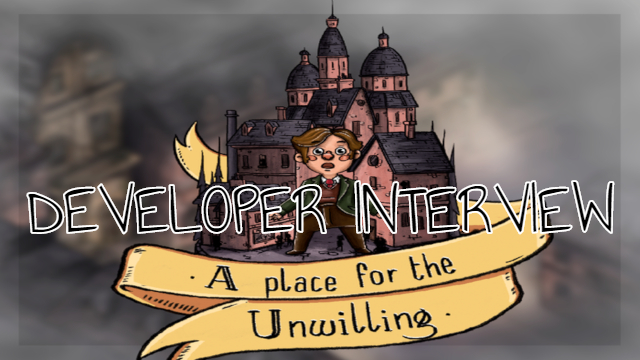
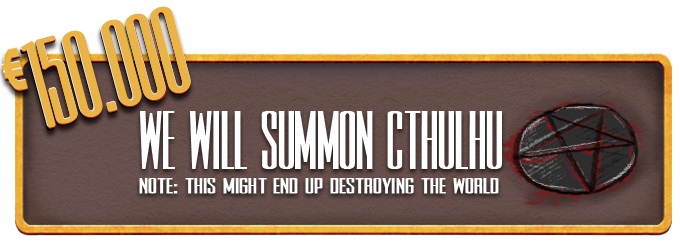
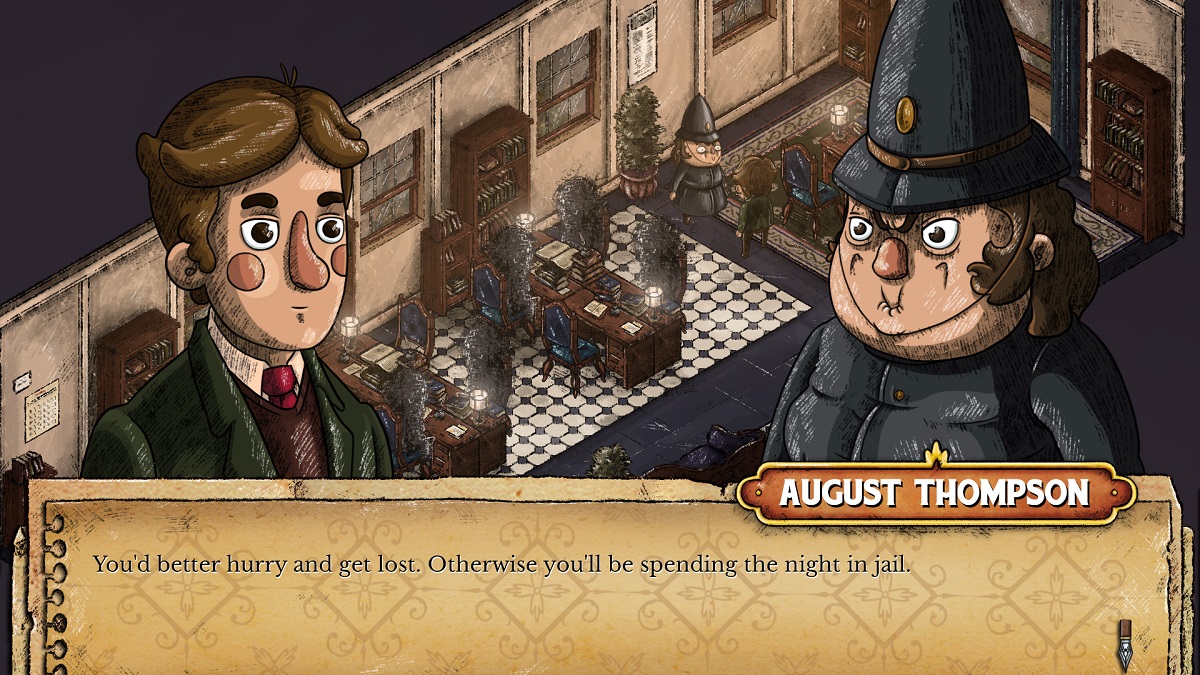
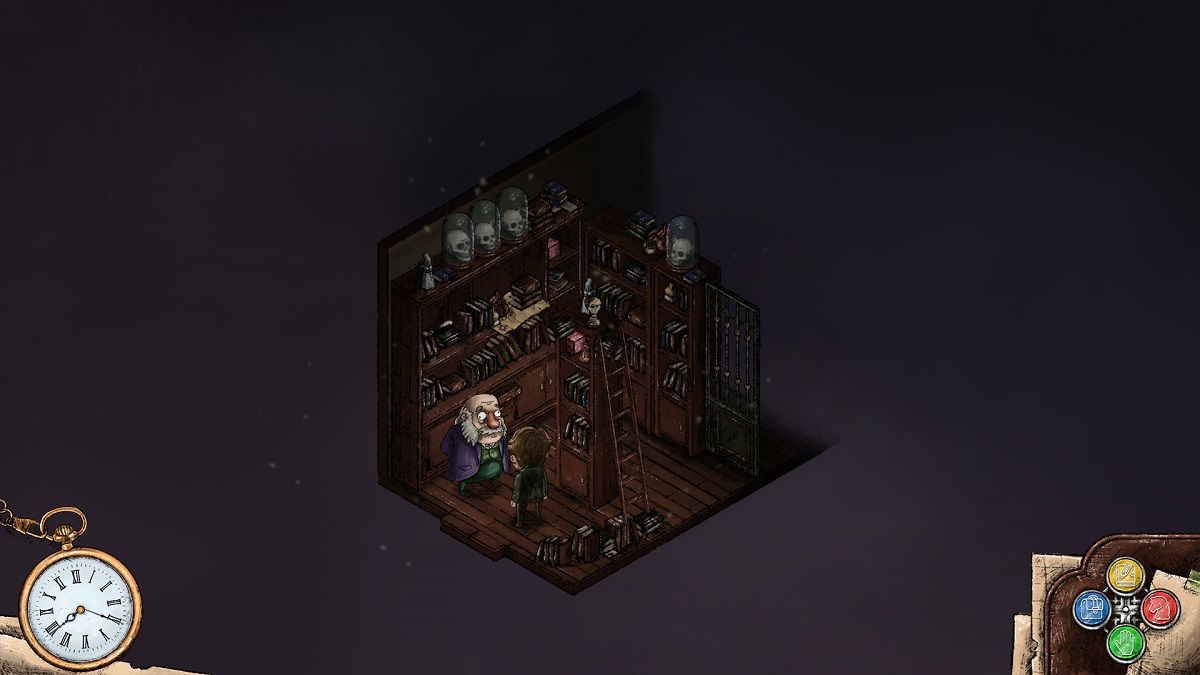
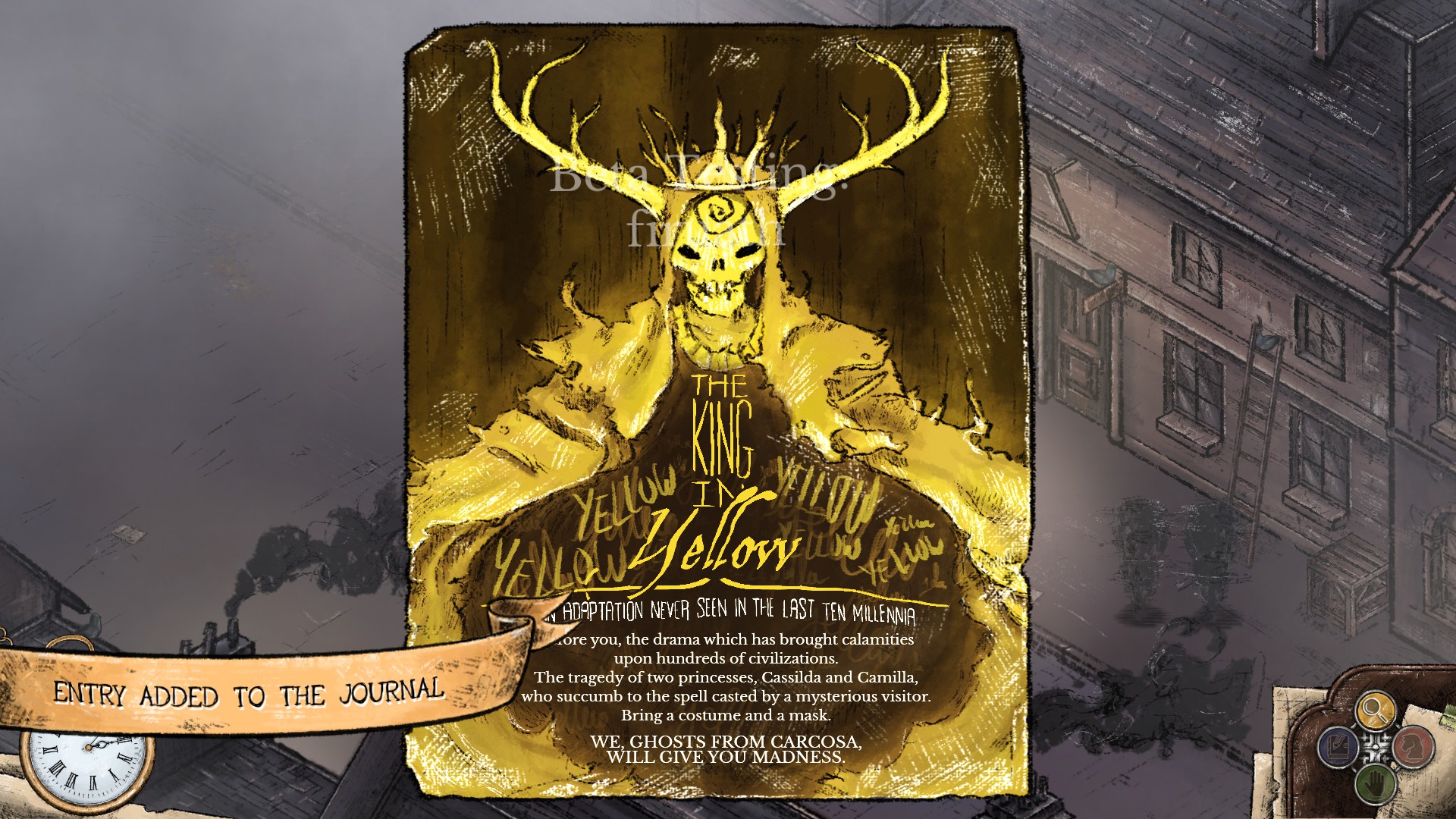
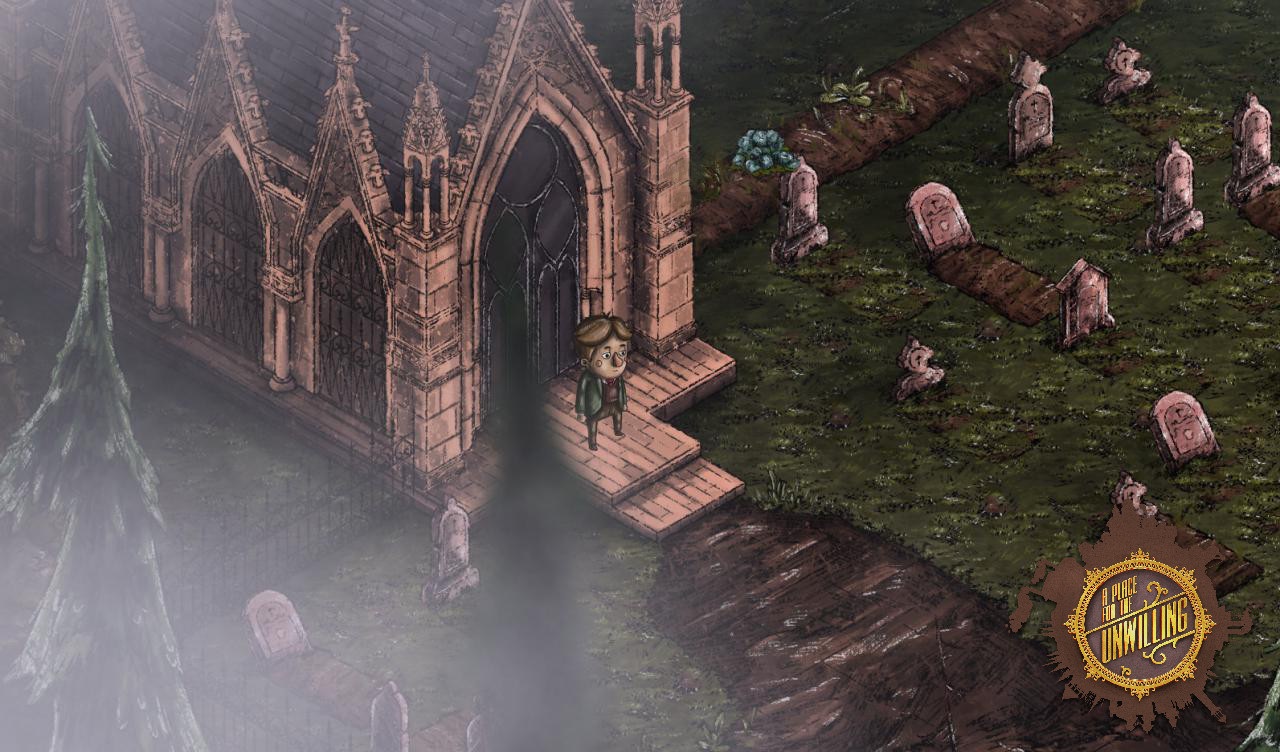






Published: Apr 29, 2019 12:51 pm